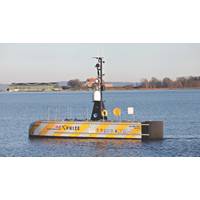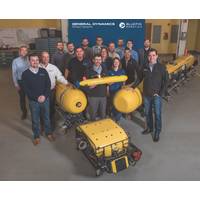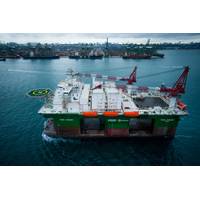
Subsea Inspection’s New Boss
AI agents make independent decisions or reach a consensus as a group.Hierarchical orchestration: Here, AI agents are arranged in layers, resembling a tiered command structure.Federated orchestration: Independent AI agents collaborate without fully sharing data or relinquishing control over their individual systems.As AI systems continue to evolve, AI agent orchestration will become increasingly essential for unlocking their full potential

Mapping the Future
are fundamental constraints to AUVs that are solved by acoustics and aided inertial navigation systems.USVs need advanced scene analysis and route planning to navigate safely in areas with maritime activity. There are significant thresholds to sufficient functionality and robustness of the individual systems. The most critical phases of the combined USV-AUV operation are launch and recovery. We will increasingly see swarms of USVs and AUV, which will make operations more complex.Can you explain some of the core technology that allows both vehicles to operate fully autonomously? How does it work

GD Mission Systems: Full-throttle Charge toward Autonomy
reliable, producible and inexpensive (but those are really important, too!). The KnifeFish takeaway: It’s so easy. It just works. You put it in water, you tell it what to do, it goes and it does it, it comes back, you recover it, and it feels solid and repeatable. We talk about individual systems, we talk about holistic systems and solutions from the land, the air and the water. How specifically does General Dynamics view and drive this multi-platform connectivity? It is a really good question, but let’s step away from UUVs for the moment. I told you kind of the scope of

Dynamic Positioning & the Potential for USCG Regulations
Dynamic positioning is a vessel capability provided by integration of a variety of individual systems and functions to automatically maintain a vessel’s position and heading by use of the vessel’s propellers and thrusters, and has been in use, particularly in the offshore oil and gas exploration business since the 1960s. To date, use of dynamic positioning has relied on industry best practices, classification society rules, and guidance from the International Maritime Organization (IMO). If the US Coast Guard has its way, that may change soon. On 28 November 2014
 August 2025
August 2025





